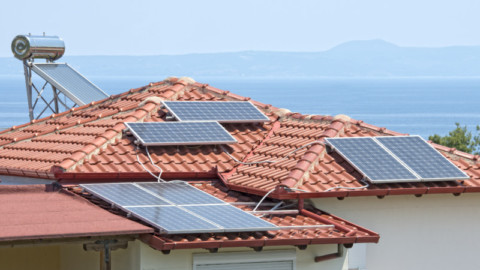A newly announced policy – the Sustainable Buildings State Environmental Planning Policy (SEPP) – to help NSW reach net-zero emission targets is the first of its kind in Australia and will see an increase in comfortable, energy-efficient future homes and buildings.
New South Wales Treasurer and Minister for Energy, Matt Kean, said the policy sets new standards and is expected to reduce household energy bills, and ensure homes are naturally cooler in summer and warmer in winter, with better design, better insulation and more sunlight.
“People living in new high-rise apartments in suburban Sydney will save up to $150 a year, new Western Sydney homeowners will see a reduction of $720 a year, and our regional communities as much as $970 a year,” Mr Kean said.
“NSW is also raising the bar with this first-of-its-kind policy in energy efficiency and sustainability for new offices and hotels. These updated standards will keep operating costs down for owners and tenants, and give them the assurance they got what they paid for.
“The policy will enable the NSW Government to collect critical data about building performance and greenhouse gas emissions. This will inform future benchmarks and ensure NSW keeps pace with the national trajectory for low-energy buildings.”
New South Wales Minister for Planning and Minister for Homes, Anthony Roberts, said the new SEPP sets standards for energy, water and thermal performance in new homes, and establishes provisions to create more sustainable non-residential buildings.
“We recognise the importance of good design and sustainability in planning, that’s why we are progressing updates to our online Building Sustainability Index (BASIX) tool and introducing sustainability requirements for new commercial buildings,” Mr Roberts said.
“We need to ensure the places we live, work and stay in are more comfortable – all while we save people money on their power bills and contribute to our net zero target.”
Mr Roberts said the policy incorporates increased energy and thermal performance standards, and the introduction of a new index within BASIX to measure the greenhouse gas emissions produced in manufacturing residential building materials.
“It also introduces new energy and water standards for large commercial buildings, and requires these developments to demonstrate they are net-zero ready,” Mr Roberts said.
“We want to drive down emissions, saving around 260,000 tonnes a year of CO2 and helping reach net-zero emissions by 2050.”















